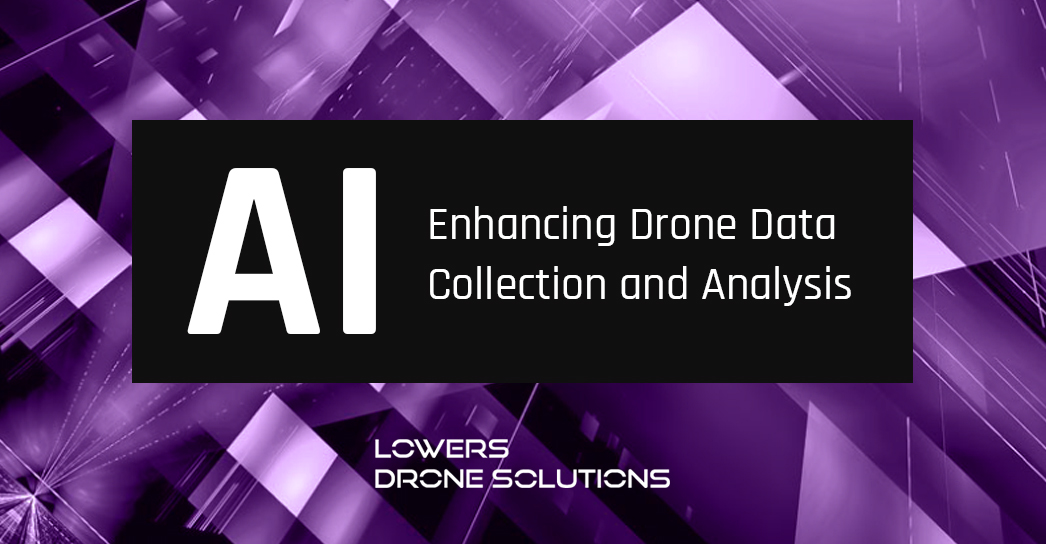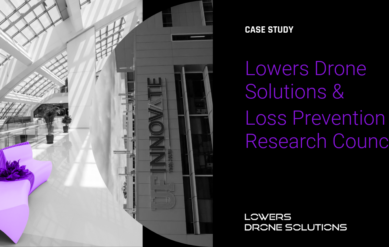
The rapid advancement of technology has paved the way for exciting innovations in various fields. One such groundbreaking combination is the use of drones and artificial intelligence (A.I.) to revolutionize data collection and analysis. By harnessing the power of A.I. algorithms, drones can provide real-time feedback and accelerate image analysis, enabling industries to streamline processes and overcome human limitations. In this blog post, we will explore how A.I. can enhance drone data collection and analysis, its applications across different industries, and the unique advantages it offers.
1. Accelerated Data Analysis:
Traditionally, data analysis required human interaction and evaluation, which could be time-consuming and prone to errors. However, with the integration of A.I., drones can analyze vast amounts of data at an unprecedented speed. A.I. algorithms can swiftly process data collected by drones, enabling real-time feedback and immediate decision-making. This speed and efficiency open new possibilities for industries seeking to optimize their operations.
2. Image Analysis and Damage Detection:
One area where A.I. shines is image analysis, particularly in the detection of damage or anomalies. Drones equipped with high-resolution cameras capture images of structures or landscapes, and A.I. algorithms can quickly identify signs of damage or irregularities that may not be immediately apparent to the human eye. This capability is invaluable in industries such as building/structural inspections, agriculture, and construction, where early detection of issues can prevent costly repairs or even save lives.
3. Safety and Accessibility:
Drones combined with A.I. offer a safer and more accessible alternative for data collection in challenging environments. There are situations where it is unsafe or impractical for humans to access certain areas due to environmental conditions, poor structural integrity, or other hazards. Drones can navigate these areas effortlessly, capturing data that would otherwise be inaccessible. With A.I., the drones can also autonomously analyze the collected data, reducing the need for human presence in potentially dangerous scenarios.
4. Cost-Effectiveness:
In addition to safety advantages, utilizing drones and A.I. can be a more cost-effective solution. Traditional data collection methods often involve manual labor, specialized equipment, and significant time investment. Drones, on the other hand, can cover large areas quickly and efficiently, reducing the need for extensive human resources. A.I. algorithms provide further cost savings by automating the data analysis process, minimizing the reliance on manual labor.
The combination of drones and artificial intelligence has brought about a transformative shift in data collection and analysis. By leveraging A.I. algorithms, industries can harness the power of real-time feedback, accelerated image analysis, and cost-effective data collection. From building inspections to agriculture and construction, the applications of A.I.-enhanced drones are far-reaching and offer immense benefits. As technology continues to advance, we can expect further innovations that push the boundaries of what is possible with this exciting fusion of A.I. and drones.



